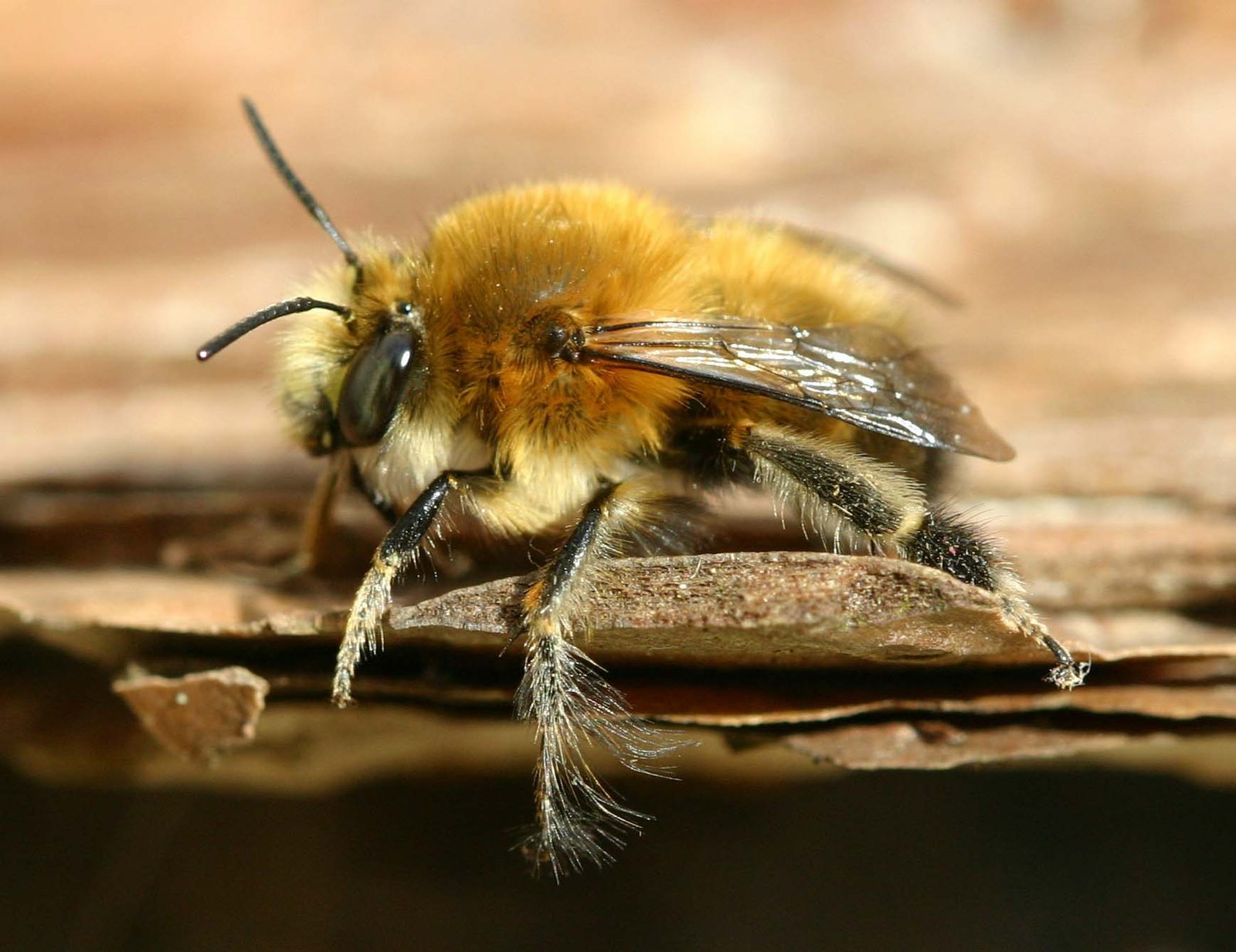Beautiful Plants For Your Interior
Hairy-footed Flower Bee
Scientific Name: Anthophora plumipes

Species: Hairy-footed Flower Bee (Bee – Solitary)
The Hairy-footed Flower Bee is a solitary bee belonging to the Apidae family
Conservation Status:
The Anthophora plumipes is considered common and not threatened in Britain, where it is found. Its conservation status is not a cause for concern.
About:
These bees are habitat generalists, capable of adapting to various environments and utilising different nesting materials. They are known for their swift, darting flights and there preference for certain flowers.
How to Identify:
Identifying bees can be difficult, however, the male Anthophora plumipes are quite distinctive. It is brown-haired with extensive cream-coloured markings, resembling a small, black bumblebee with orange-red hairs on the hind leg, while females are black-haired with orange hind legs.
They are skilled at ‘hovering’ and can be observed in gardens and parks. Look for swift, darting flight and a preference for visiting tubular flowers like Lungwort and Red Dead Nettle.
Nesting:
Anthophora plumipes nest in a variety of locations, including in soft mortar, cob walls, and old plant stems or occasionally soil. They are known to be ‘adaptable’ in their nesting habits often forming large and sometimes noisy groups.
When to See:
Active from March to June each year, they are among the first bees to emerge in Spring.
Distribution:
The Anthophora plumipes are found throughout Europe and parts of Asia, with a concentration in southern England.
Habitats:
The Hairy-footed Flower Bee frequents gardens, parks, and other green spaces, particularly those with an abundance of tubular flowers that they can visit for nectar.
Did You Know Fact:
The Anthophora plumipes is capable of hovering exceptionally well, a skill that sets it apart from other bee species.
Many say that despite closed windows, these bees can sometimes be found indoors, searching for nesting sites.
